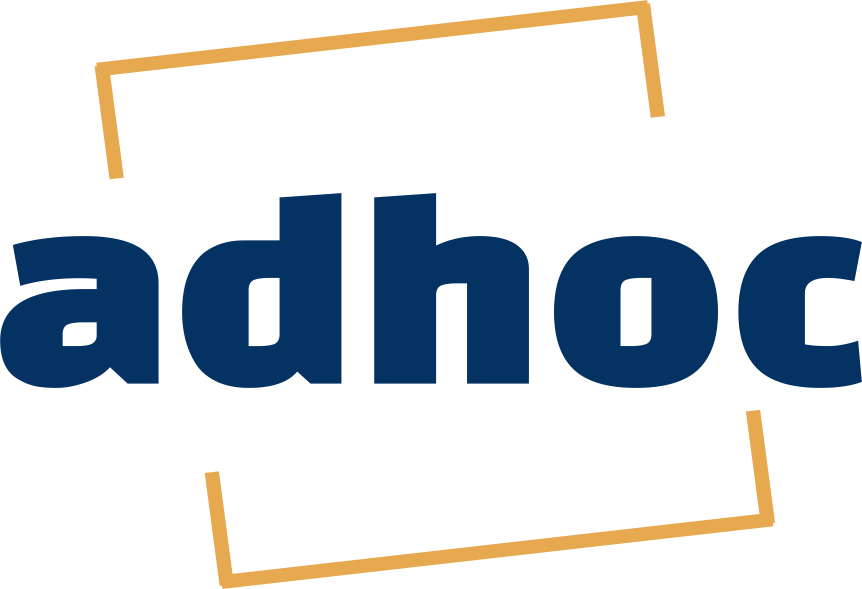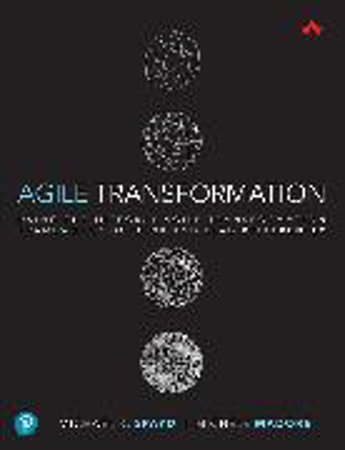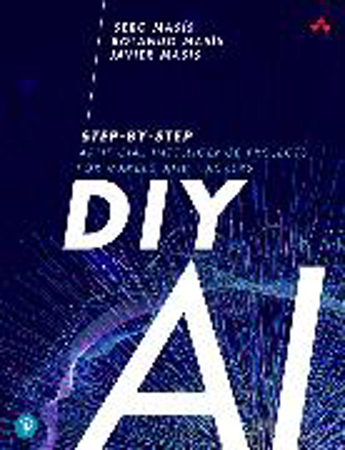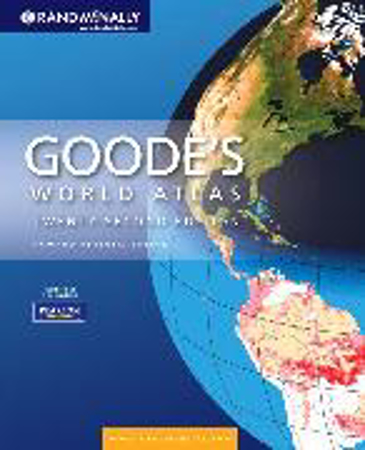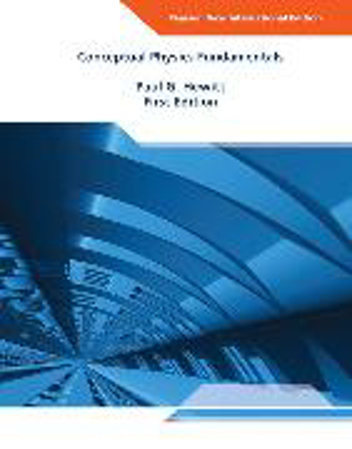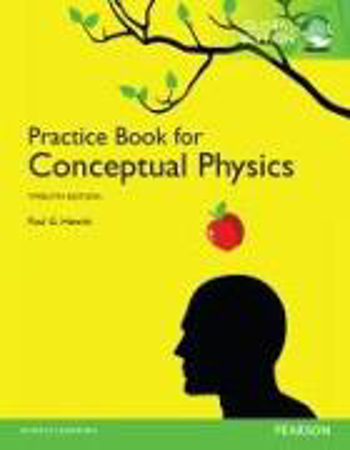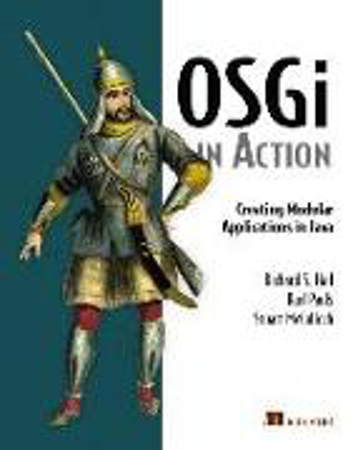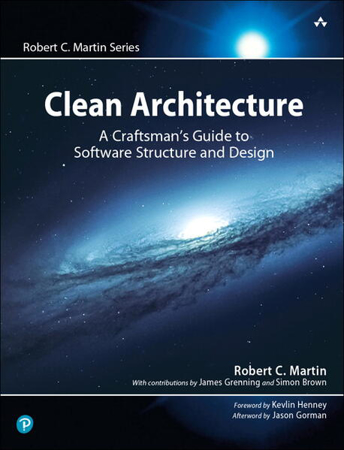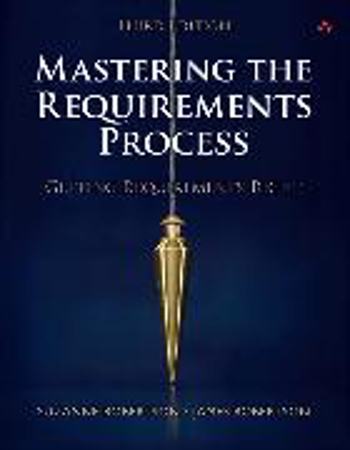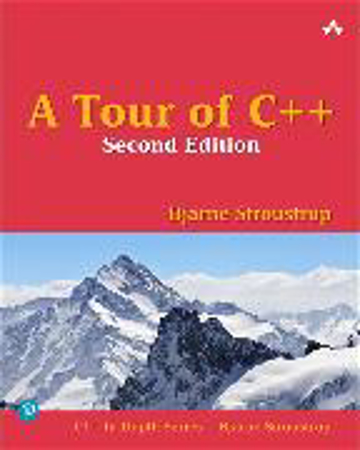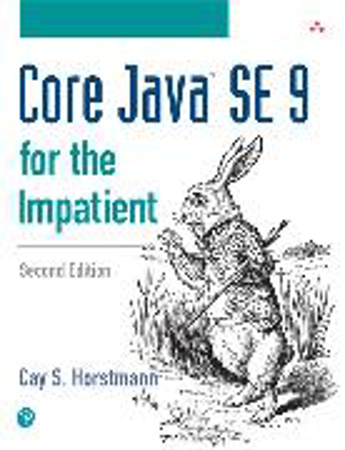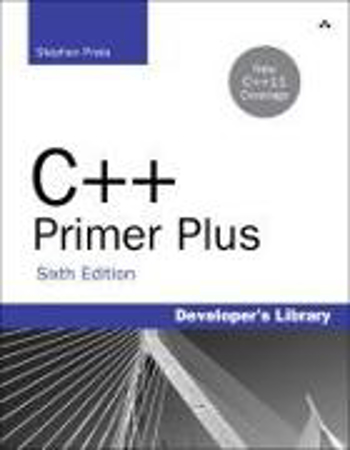Pearson Academic
Agile Transformation is founded on the Integral Agile Transformation Framework ™ (IATF), which utilizes the power of Integral thinking to help us gain a thoroughly fresh perspective on Agile Transformations. Integral is natively systemic, intentionally multi-leveled (individuals up to organizations), inherently subjectively oriented (heart-centered) and objectively oriented (data-driven), providing a left and right-brain integrated approach. The Integral view looks with compassion at the different and conflicting worldviews, offering us clarity and new ways of understanding each other and our own world. Most importantly, the IATF does not attempt to replace any other models or applications; rather, it gives them all a clear place within an understandable meta-framework, one that provides a sort of universal addressing system. Said another way, the IATF does not supersede the ‘applications’ (such as scaled frameworks or leadership or culture models), rather it provides a map or addressing system within which all these applications have a place, and a clear relationship to each other. The Integral Agile Transformation Framework™ reveals each application’s inherent strengths, limitations, and what other apps might support it. It is neutral in the sense that it’s not biased to one approach, but accommodates and maps all equally.
The first portion of the book is devoted to helping the Transformation Leader download this organizational operating system for their organization’s transformation efforts. The second portion of the book addresses the necessary upgrade to their own Leader’s Operating System (LOS), one that will allow to become an authentic Transformational Leader, one capable of actually leading such an organizational transformation.
The 22nd edition of Goode's World Atlas blends dramatic new maps and exceptional cartography with the strong traditions that have made the atlas a standard for over 85 years.
Thistitle is a Pearson Global Edition. The editorial team at Pearson has workedclosely with educators around the world to include content which is especiallyrelevant to a diverse and international audience.
Forcourses in liberal arts physics.
Actively engage students inlearning and loving physics. Paul HewittGÇÖs best-selling ConceptualPhysics defined the liberal arts physics course over 30 years agoand continues as the benchmark. HewittGÇÖs text is guided by the principle of'concepts before calculations' and is famous for engaging studentswith real-world analogies and imagery to build a strong conceptualunderstanding of physical principles, ranging from classical mechanics tomodern physics.
The 13th Edition continuesto make physics delightful for students with informative and fun Hewitt-Drew-Itscreencasts, updated content and applications, and new engaging activities.
PearsonMastering-« Physicsis not included. Students, if Pearson Mastering Physics is a recommended/mandatorycomponent of the course, please ask your instructor for the correct ISBN. PearsonMastering Physics should only be purchased when required by an instructor.Instructors, contact your Pearson representative for more information.
From Paul G. Hewitt, author of the market-leading Conceptual Physics, comes his eagerly awaited new text,Conceptual Physics Fundamentals. This briefer, alternative text provides the depth, topic coverage, and features requested by instructors teaching courses that are shorter and that include more quantitative material. The text extends best-selling author Paul Hewitt's proven pedagogical approach, straight-forward learning features, approachable style, and rigorous coverage, while providing superior supplements and instructor and student media. The book develops a solid conceptual understanding of physics, while building students' self-confidence applying their understanding quantitatively.
This book is filled with computational exercise, misconception-busting questions, analogies, and straightforward practice questions and problems that help students "tie it all together.”
HIGHLIGHT
OSGi in Action
is the definitive guide to OSGi, the hottest technology available
for creating modular enterprise Java applications.
DESCRIPTION
What is OSGi? Simply put, OSGi is a standardized technology that allows
developers to create the highly modular Java applications that are required for
enterprise development. OSGi lets you install, start, stop, update, or uninstall
components without taking down your entire system. The interest in OSGibased
applications has exploded since major vendors like Sun, Spring, Oracle,
BEA, and IBM have gotten behind the standard.
OSGi in Actionis a comprehensive guide to OSGi with two primary goals.
First, it provides a clear introduction to OSGi concepts with examples that are
relevant both for architects and developers. Then, it explores numerous practical
scenarios and techniques, answering questions like: How much of OSGi do
you actually need? How do you embed OSGi inside other containers? What are
the best practices for moving legacy systems to OSGi?
KEY POINTS
. Highly-visible authors and reviewers are core members of OSGI community.
. This book is based on hands-on experience with OSGI.
. Authors have contributed to high-profile OSGi implementations, including
Apache Felix.
Building upon the success of best-sellers The Clean Coder and Clean Code, legendary software craftsman Robert C. "Uncle Bob" Martin shows how to bring greater professionalism and discipline to application architecture and design.
As with his other books, Martin's Clean Architecture doesn't merely present multiple choices and options, and say "use your best judgment": it tells you what choices to make, and why those choices are critical to your success. Martin offers direct, no-nonsense answers to key architecture and design questions like:
- What are the best high level structures for different kinds of applications, including web, database, thick-client, console, and embedded apps?
- What are the core principles of software architecture?
- What is the role of the architect, and what is he/she really trying to achieve?
- What are the core principles of software design?
- How do designs and architectures go wrong, and what can you do about it?
- What are the disciplines and practices of professional architects and designers?
Clean Architecture is essential reading for every software architect, systems analyst, system designer, and software manager -- and for any programmer who aspires to these roles or is impacted by their work.
You know the authors' names. You recognize the title. You've probably used this book yourself. This is The Elements of Style, the classic style manual, now in a fourth edition.
The revisions to the new edition are purposely kept minimal in order to retain the book's unique tone, wit, and charm. A new Glossary of the grammatical terms used in the book provides a convenient reference for readers. The discussion of pronoun use is revised to reflect the contemporary concern with sexist language. In addition, there are numerous slight revisions in the book itself which implement this advice. A new Foreword by Roger Angell reminds readers that the advice of Strunk & White is as valuable today as when it was first offered.
This book has conveyed the principles of English style to millions of readers. Use the fourth edition of “the little book” to make a big impact with writing.
“If the purpose is to create one of the best books on requirements yet written, the authors have succeeded.” —Capers Jones
Software can solve almost any problem. The trick is knowing what the problem is. With about half of all software errors originating in the requirements activity, it is clear that a better understanding of the problem is needed.
Getting the requirements right is crucial if we are to build systems that best meet our needs. We know, beyond doubt, that the right requirements produce an end result that is as innovative and beneficial as it can be, and that system development is both effective and efficient.
Mastering the Requirements Process: Getting Requirements Right, Third Edition, sets out an industry-proven process for gathering and verifying requirements, regardless of whether you work in a traditional or agile development environment. In this sweeping update of the bestselling guide, the authors show how to discover precisely what the customer wants and needs, in the most efficient manner possible.
Features include
- The Volere requirements process for discovering requirements, for use with both traditional and iterative environments
- A specification template that can be used as the basis for your own requirements specifications
- Formality guides that help you funnel your efforts into only the requirements work needed for your particular development environment and project
- How to make requirements testable using fit criteria
- Checklists to help identify stakeholders, users, non-functional requirements, and more
- Methods for reusing requirements and requirements patterns
New features include
- Strategy guides for different environments, including outsourcing
- Strategies for gathering and implementing requirements for iterative releases
- “Thinking above the line” to find the real problem
- How to move from requirements to finding the right solution
- The Brown Cow model for clearer viewpoints of the system
- Using story cards as requirements
- Using the Volere Knowledge Model to help record and communicate requirements
- Fundamental truths about requirements and system development
In A Tour of C++, 2nd Edition, Bjarne Stroustrup, the creator of C++, describes what constitutes modern C++. This concise, self-contained guide covers most major language features and the major standard-library componentsGÇönot, of course, in great depth, but to a level that gives programmers a meaningful overview of the language, some key examples, and practical help in getting started.
Stroustrup presents the C++ features in the context of the programming styles they support, such as object-oriented and generic programming. His tour is remarkably comprehensive. Coverage begins with the basics, then ranges widely through more advanced topics, including many that are new in C++17, such as move semantics, uniform initialisation, lambda expressions, improved containers, random numbers, and concurrency. The tour even covers some extensions being made for C++20, such as concepts and modules, and ends with a discussion of the design and evolution of C++.
